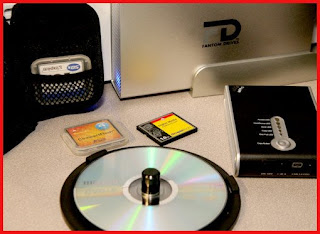I write down my evaluation of my business, and set goals for change in the next year. Here's the questions of my business self-analysis that I just completed:
- What did I improve this year?
- What went well this year?
- What was the best thing that happened this year?
- What can I change to make it happen more often?
- What got worse this year?
- What was the worst thing that happened this year?
- What can I change to make it happen less?
- What specific goals did I have this year, and were they met?
- What goals will I set up for next year?
- What specific actions will I take in the first 90 days of 2009 to initiate change?
- What other actions will I take during the year?
I come out of this with two action lists: The first, indicating what I will do in the months of January through March (my quiet season), and the second, a list of actions that I will complete over the year. The first quarter list is very tactical, and consists of tasks I can complete in around a day's effort or less. The rest of year goals may be more strategic, and may need to be broken into actionable tasks as the year progresses.
For example, I have determined that I don't need to add much in terms of hardware or software - I have that dialed in. Sure, I'll pick up a second camera body and some accessories, but that's minimal. Most of what I need to change is outside the act and art of photography - it's about developing and executing consistent processes for contact management, customer relations and follow through. It's about taking action on the 40 growth ideas I have listed. It's about making my offering and pricing information clear and attractive.
I have found that I am naturally a technical person, so the hard skills I have taken care of. I find those tasks manageable and concrete. I suffer at the softer skills, those of running a business and interfacing with customers in a way that grows my business and increases customer satisfaction. So I have to define specific tasks that will force me out of my comfort zone and into the areas where my business really needs to improve.
Fortunately, I met my revenue, profitability and growth goals for 2008. I want to make sure that I maintain that into 2009 and at the same time, grow my business breadth so that variations in any of my current income areas don't cause huge income gaps.
Whether you are professional or aspiring, I suggest that you use the change of year to do some reflection on your own, and make a clear assessment of your skills and performance this year, and a list of actions you will take to make a change in yourself and your business for 2009.
Have a productive and profitable new year!
John



